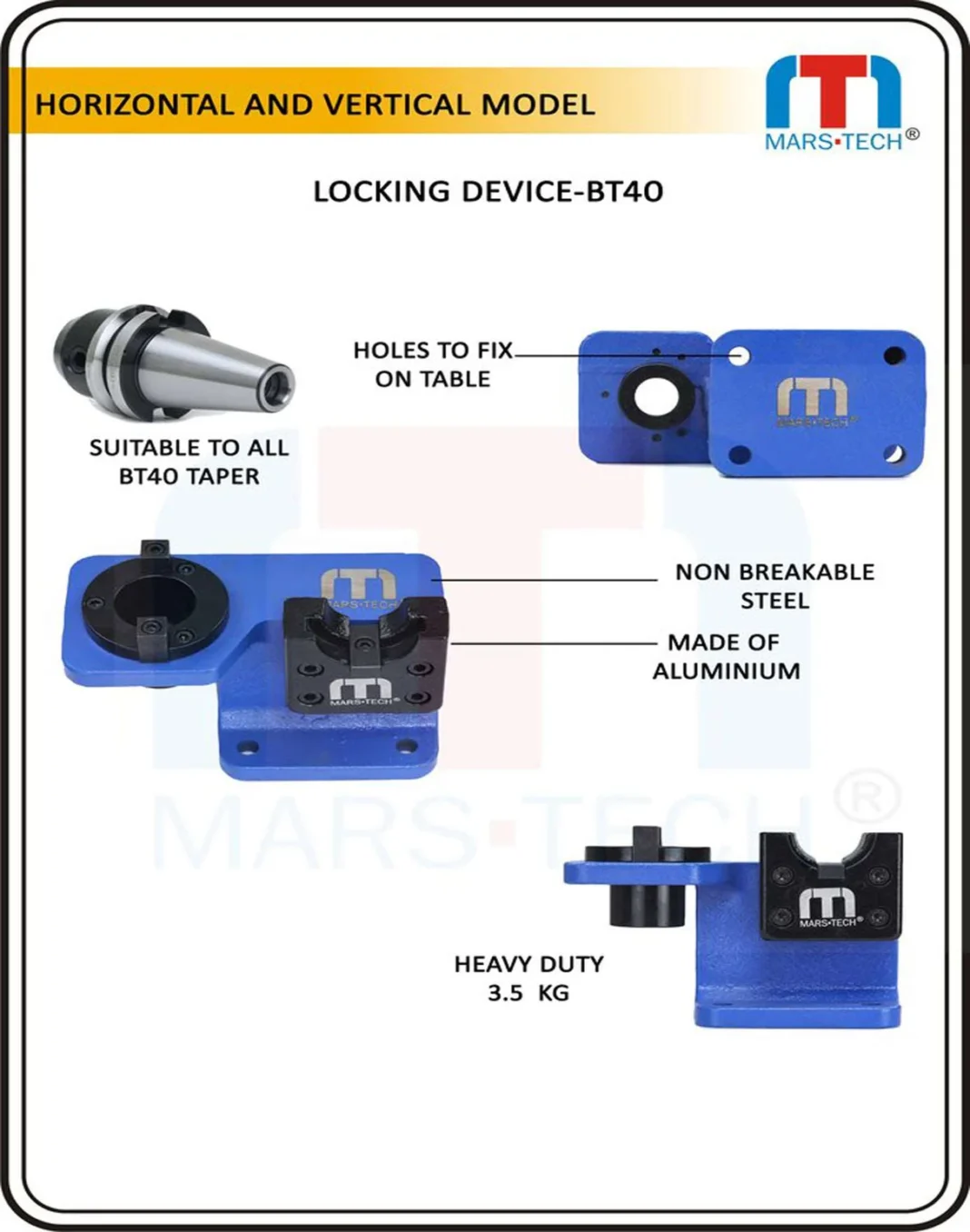
What is a locking device?
A locking device is a mechanical device or system that is designed to hold components in the right place and prevent movement between components. These devices are employed in diverse industries such as aerospace, automotive, industrial machinery, and even electronics.
From securing a gear to the shaft to making sure that the nut isn’t loosening during the force of vibration The locking device plays an important role in ensuring stability, safety, and performance.
Types of Locking Devices
Locking device come in different designs based on their purpose and use. Here’s a rundown of the most commonly used kinds:
1. Keyless Locking Devices
These are devices that use friction to secure components without pins, keys, or splines. They are popular in the field of modern mechanical engineering because of their
- Easy assembly
- Zero backlash
- High torque transmission
Examples: locking bushings, shrink discs, and locking assemblies.
2. Set Screw Locking
A basic locking technique that utilizes screws to push against the shaft or an internal surface.
Pros: Low cost, easy to install
Cons: May damage the shaft, and have a limited torque capacity
3. Keyed Locking Devices
Keyed devices require cutting a keyway both on the hub and shaft.
Pros: High torque handling
Pros: Requires precise machining which can weaken components
4. Wedge Lock Washers
They employ tension as well as cam angles to stop getting loose under vibration.
Perfect for: Fastening applications in high-vibration environments.
5. Locking Plates and Tabs
It is used to physically stop the rotation of nuts or bolts.
Utilization cases: turbine engines, heavy-duty vehicles, or construction equipment.
Applications of Locking Devices
Locking devices are employed whenever mechanical stability is required. Here are a few key applications and industries:
Automotive Industry
In gearboxes, engines, and wheel hubs, to ensure that moving parts remain aligned during a load.
Aerospace & Aviation
High-performance locking devices protect bolts from loosening on aircraft parts exposed to temperature extremes and vibration.
Wind and Solar Energy
Locking mechanisms are essential in turbines where load and vibration changes are commonplace.
Manufacturing Equipment
In conveyor systems, CNC machine tools, and robotics, to ensure consistent operation.
Why Use a Locking Device?
Prevents Mechanical Failure
A loose nut or a shaft that is slipping could cause catastrophic failure. Locking devices make sure that components are securely fixed.
Enhances Safety
Particularly in the aerospace and automotive industries, a correctly installed security device could be the difference between a smooth operation and a serious incident.
Improves Precision
In high-precision machines, even one tiny movement could disrupt calibration. Locking mechanisms can eliminate this risk.
Reduces Maintenance
Secure components will last longer, which means less wear and tear, which leads to a longer interval of service and less downtime.
How to Choose the Right Locking Device
Step 1: Analyze the Load Conditions
Know the torque, axial load and the levels of vibration your application is requiring.
Step 2: Match Material and Surface Conditions
Make sure that the hub and shaft materials take into account surface roughness.
Step 3: Consider the Environment
- Environments with corrosion require locks made of stainless steel or coated steel.
- High-temperature zones need heat-resistant materials.
Step 4: Evaluate Installation and Removal
Certain devices are simpler to put together and disassemble than others. Keyless or hydraulic models simplify maintenance on a regular basis.
Maintenance & Best Practices
Regular Inspections
Make sure to check the locking device during routine maintenance to look for indications of corrosion, wear, or loosening.
Torque Accuracy
Always adhere to the torque guidelines of the manufacturer when installing screws or fasteners.
Use Thread Locking Compounds (When Applicable)
In certain circumstances when it is necessary, combining chemical and mechanical locking can increase security.
Locking Device Installation Tips
1. Clean All Contact Surfaces
Grease, dirt, or oil can cause friction and weaken grip.
2. Align Components Properly
Incorrect alignment during installation can weaken the strength of the lock or cause premature failure.
3. Use Proper Tools
Avoid tightening too much or using the wrong tools that could cause damage to the lock device.
Innovations in Locking Device Technology
With the development of industries that are moving towards more efficient and intelligent solutions, the technology behind locking has also advanced.
Self-Locking Fasteners
They have built-in mechanisms that are resistant to any vibrations and do not need any additional hardware.
Smart Locking Systems
Sensors embedded in the device monitor load, vibration and loosening in real-time, making it ideal for use in Industry 4.0 environments.
Lightweight & Composite Options
Modern devices are constructed using carbon fiber, or composite materials to decrease weight without losing strength.
Environmental Impact and Sustainability
Locking devices are a key element in sustainability through:
- Reduced mechanical failure and waste
- The improvement of the equipment’s life
- Reduced energy consumption by ensuring an optimal alignment
Manufacturers are also embracing eco-friendly coatings and recycled materials.
Common Mistakes to Avoid
Ignoring Torque Requirements
Over-tightening can cause deformation, whereas under-tightening decreases grip strength.
Using Incompatible Parts
Some locking mechanisms aren’t universal. Using the wrong size or type could cause damage to machinery.
Skipping Preventive Maintenance
Even the most high-end locking devices require regular inspections to ensure alignment and wear.
Conclusion
The lock could be a tiny element, but it plays a crucial role in ensuring the performance and integrity of mechanical equipment. From aerospace machines to industrial components, the right locking device guarantees security, durability and accuracy.
If you’re looking to upgrade your current system or restart from scratch, investing in a top-quality locking device is always a wise choice.
Frequently Asked Questions (FAQs)
Q: Can I reuse a locking device?
A: It depends on the type. Certain types, such as keyless bushings, can be reused. Others, such as tab washers, may require replacing after the removal.
Q: Are locking devices expensive?
A: They range from extremely affordable (like locks washers) to high-precision assemblies. The price is often a reflection of longevity and performance.
Q What is the difference between the locking device and an torque limiter?
A: A locking device restricts movement, whereas the torque limiter permits controlled movement over a predetermined limit to safeguard the system.
Would you like to see a version of this article formatted for WordPress or an HTML export that you can use directly on your blog?







